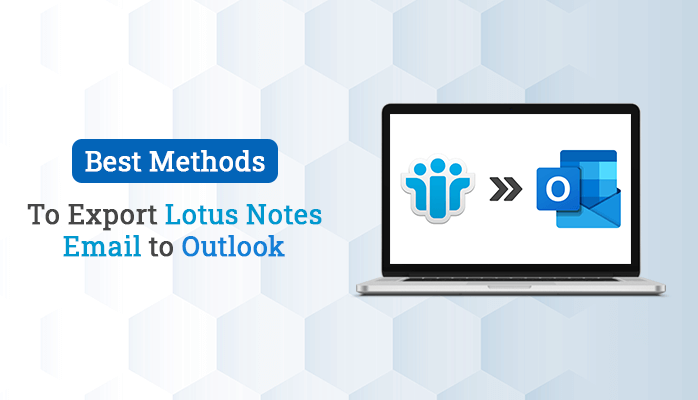The idea of online bots has been around for decades, but they were never a problem until the last few years. Bots are computer programs that act as automated agents on behalf of a user or perform tasks like sending spam. They have become prevalent in recent years because of the ease with which they can mimic human behavior by convincingly posing as real people and tricking others into trusting them. Below we will take you through the critical points regarding online bots and the best possible options to catch online bots.
-
Capture User Information
Bots are commonly used for a variety of purposes. For instance, they often capture user information and track them across the web to sell their personal information and data. Other bots perform automated, repetitive tasks like sending email messages or posting on social media sites. They can also perform practical tasks, such as updating news feeds and performing searches. However, these bots can become a nuisance when they engage in activities that are harmful and disruptive to ordinary people’s lives.
-
Identifying Automated Behavior
Bot detection is a method of identifying mechanical behavior on the internet. It usually involves using algorithms that compare current behavior to past behavior and flag anomalies. Depending on the implementation, a bot may be identified by specific patterns of interaction or by statistical means. The precision and accuracy of bot detection systems tend to vary depending on the application, how well-defined the bot’s activities are, how much variability exists in everyday human activity, and how much data is available for analysis.
-
Identifying Distinctive Human Behaviors
Identifying distinctively human behaviors is another part of the process of bot detection. It involves examining historical behavior to determine if the offending behavior is normal and expected. Many websites’ rich, detailed histories can significantly assist in this endeavor. This can be particularly useful when identifying suspicious activity and following the bot’s activity over time to ensure that it is genuinely a bot, not a human user.
-
Identifying Bot-like Behavior
Bot detection often involves a process of identifying bot-like behavior in the activity of the bot. So-called “sub-bots” are common and are frequently indistinguishable from legitimate users. Sub-bots can be more easily tracked over time when used in conjunction with data from other sources, such as social media, which may have a more reliable record of what people do during their day.
-
Defined and Expected Patterns of Bot Behavior
Patterns are often defined and expected in everyday human behavior. For instance, a person will probably create an account, sign up for a service, use it for a while and then stop using it. Another example is visiting the same websites regularly to read the latest news on a specific topic. If someone is being followed by what appears to be an automated agent on the web, anomalies should pop up when these behaviors do not occur as expected.
-
Predictive Analytics
Predictive analytics algorithms automatically analyze web pages and other data sources to provide indicators of bot activity. These algorithms have several uses, including identifying bot-like behavior in normal human behavior and predicting potential criminal activity. For instance, suspicious patterns in legal information may indicate that the user has been involved in a crime and needs to be flagged for further investigation.
-
Identify Bots on Other Websites
You can also use the above-listed methods to identify bots on other websites, particularly those identified as vulnerable to bot activity. If a website is actively mentioned and commented on by bots, it is inevitable that a problem exists and should be fixed as soon as possible. If you identify that a website is vulnerable to bot-like behavior, you should contact the site’s administrator and inform them of this fact as soon as possible.
-
Identify Bots on Your Own
There are several ways to inspect web pages, log files, and other data to find bots on the internet. The first step is to identify bot-like behavior and flag it for further review. For example, if you notice that pages go up without being accessed or that URLs self-reference several times a day without going anywhere, this should be flagged as suspicious and investigated further. Another example is if pages have a high bounce rate, indicating that users are not finding what they are looking for and leaving the site. These are all signs of bot-like activity.
-
Identify Bots on Company’s Websites
There are several ways to check if a website is being used in this manner. Suppose bot-like users visit a website, but the site’s owner or web administrator denies that this activity is occurring. In that case, it may be safe to assume that other people are involved and that the movement is intentional. In these cases, you will have to identify who is behind the bot’s activity and take appropriate action against those individuals.
Since the bot activity can be challenging to detect, various tools and strategies are necessary to get the job done. The first step is determining how you want to identify bots on your website. Once this has been done, you will need to perform a risk analysis to decide whether or not it is worth investing resources into bot detection technologies or if it is best to ignore the issue.





